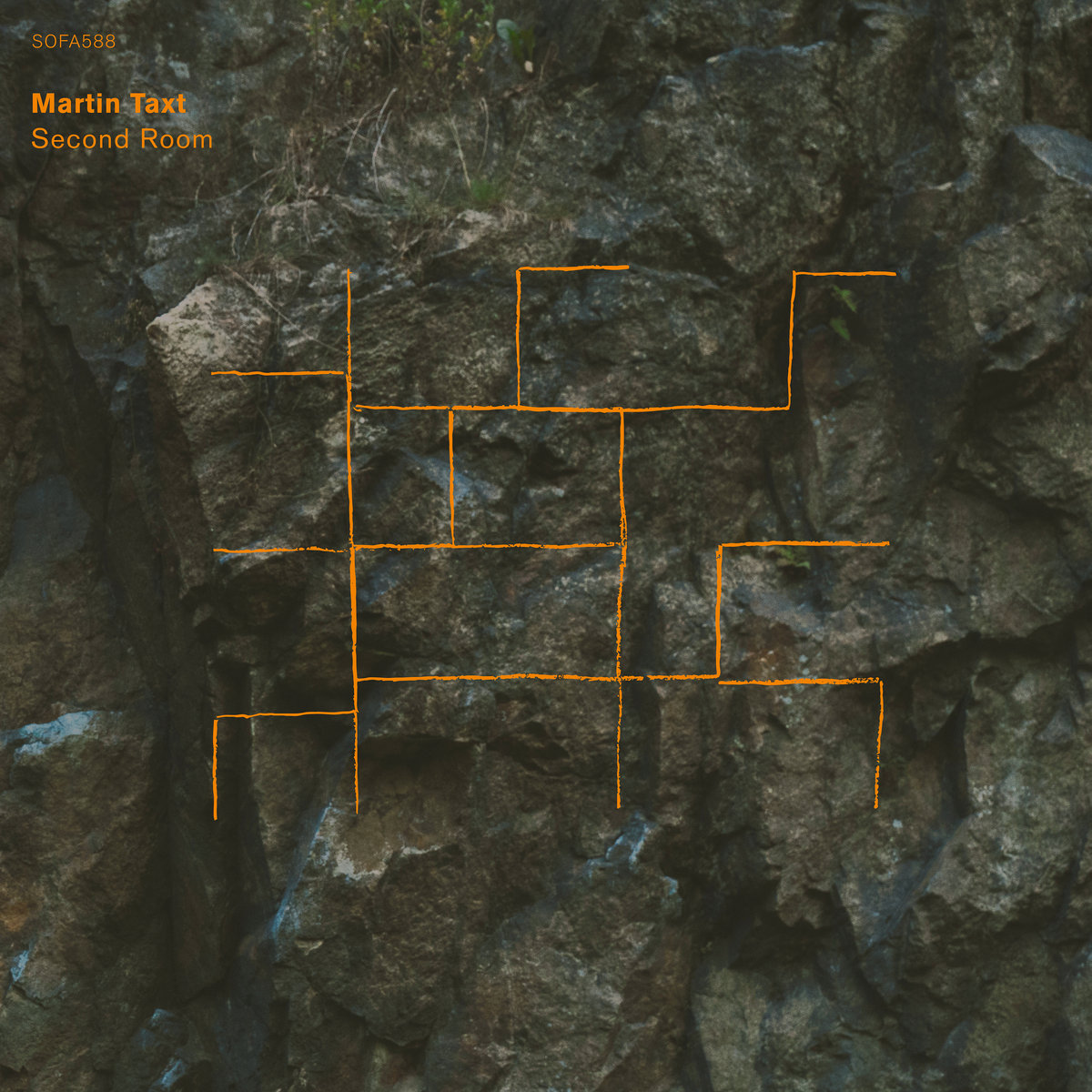Ende des Monats bringt der norwegische Mehrfachinstrumentalist Martin Taxt ein neues, gemeinschaftlich entstandenes Album heraus, das den vielfachen Bezügen zwischen Musik und Architektur gewidmet ist. Inspiriert von Ideen des japanischen Architekten Sou Fujimoto über das Nest und die Höhle als diametrale Orte des Wohnens und Nichtwohnens, komponierten Taxt und sein aus Rolf Erik Nystrøm, Laura Marie Rueslåtten, Inga Margrete Aas und Peder Simonsen bestehendes Ensemble vier Stücke, die Aspekte dieser Orte im anderen Medium atmosphärisch nachzeichnen. Zum Einsatz kommen u.a.zwei mikrotonale Tubas, Glocken, Orgel, Bass, Saxophon und modulare Synthies. “A grid system with 36 pitches was the starting point of the composing process”, erklärt Taxt. “Imagining the grid as a cave, I made 3 different paths through the grid as if I was exploring the cave. These three melodies became the outline for this composition. On ‘Disruption, disjunction, deconstruction’ the musicians are exploring the 36 pitches independently, as if, quoting Fujimoto; finding their own small favourite comfortable places inside the natural cave”. Das Album folgt auf das vor knapp zwei Jahren erschienene “First Room”, das dem japanischen Teehaus gewidmet war und in kleinerer Besetzung umgesetzt wurde. Es erscheint in den gängigen Formaten bei SOFA.
“Second Room is Taxt’s second album in a series of works investigating possible relations between music and architecture. In this work written for alto saxophone, two microtonal tubas, double bass, church organ, hand bells and modular synthesizers he is inspired by the Japanese architect Sou Fujimoto, and his ideas on different concepts of living. In a lecture at the Harvard University in 2011, Fujimoto sets up a comparison between the nest and the cave, as two fundamentally different ways of living concepts. Whereas the nest represents safety, conformity and predictability, a space designed for people, the cave on the other side represents the unknown, a naturally shaped space, not designed for the purpose of living. It can be uncomfortable to enter the dark cave but spending time inside one can gradually start to adapt to the space. By rethinking our concept of space and the relation between space and human body we will eventually discover different functionalities within the cave and innovate new functions in the already designed space.” (SOFA)
